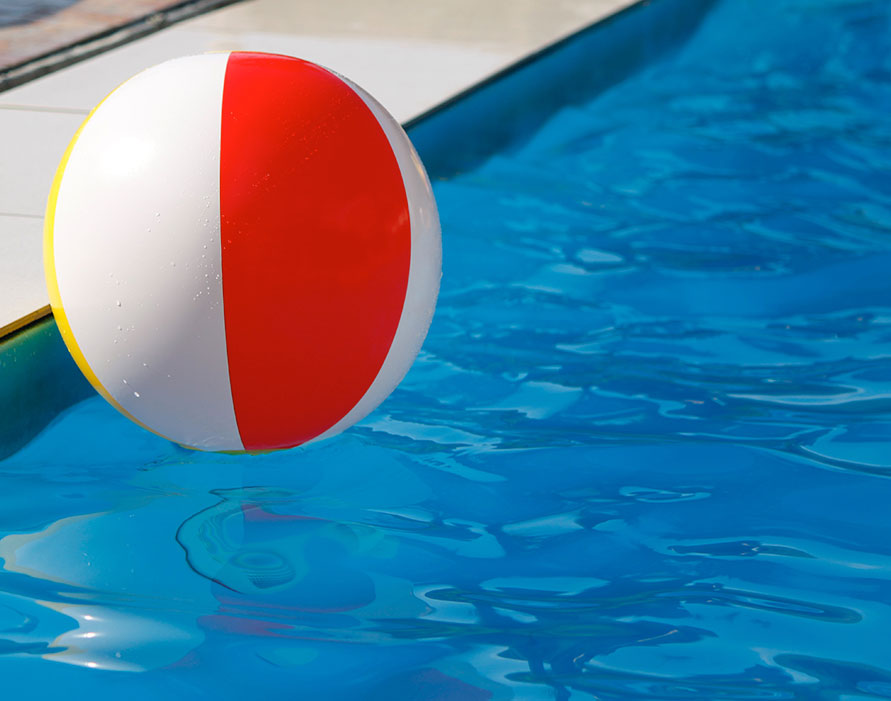3 Safety Tips for Community Pool Users
Several states across the nation have begun the journey of slowly lifting social restrictions as the ‘rising curve’ of the virus began to plateau. With this hopeful news, HOA community boards, aided by their property management firm, must navigate the decision whether to lift social gathering restrictions on the many community amenities and activities available in the summer.
With the warmth of summer upon us, community pools become one of the largest attractions to its HOA members. Still, whether some of these amenities open at all is a board decision, on a community by community basis, and based on state and local laws. This decision is not easy and must also take into account potential risk to the HOA from an insurance and financial perspective.
So, if pools do open, there may be different guidelines in place such as capacity limits, bringing your own chairs, and more.
Understanding Three Safety Tips For Community Pool Users
Social Distancing
The restrictions of respecting others through distancing, implemented in general daily activities in this unprecedented period of history, was, in some ways, always part of the pool culture. Setting community pool capacity, a standard of local health department codes, is established by measuring pool length x width x volume of water of a pool. The official ‘full pool capacity’ may need to be ‘halved’ to assist the maintenance of social distance. This means, if full capacity is 65 persons, 32 may be the ‘new’ normal.
A community pool’s depth was always marked on the pavement to keep patrons aware of depth. Extending such awareness of pool depth to pool safe distance merely requires marking rope buoys with the number of feet the floats are from the pool’s sides. The six feet social distance rule is still in effect when in the water.
Proper Pool Maintenance
The emphasis on hand sanitizing is not a great leap for those trained in pool maintenance, monitoring the correct levels of chlorine and bromine sanitizing chemicals, and ensuring the PH levels in the water maintain the chlorine and bromine effectiveness.
In light of the current Covid19 pandemic, HOA residents may see some added precautions limiting pool time, dividing said pool time to blocks of time, and time in-between each time block to allow one group to leave the pool before the new group enters the area. This use of time will also enable pool staff to perform more tests of the water chemistry and disinfect pool handrails, shower faucets, floors, and door handles in the shower area. Pool games involving group interaction may be prohibited. It may be necessary to have a ‘children only’ pool day to avoid the possibility of asymptomatic transfer to a vulnerable adult.
Poolside Courtesy
The same courtesy rules that most individuals learn in their childhood days of covering their mouths and nose when coughing or sneezing, tossing of tissues in proper receptacles, and staying home to avoid close contact with others when ill, translates to poolside courtesy.
Other poolside courtesies community residents may need to cooperate with include a gatekeeper taking the temperature of persons wishing to use the pool, fewer chairs, chaises, and patio tables to optimize social distance. The HOA board may decide it best if residents bring chairs to the pool rather than share common seating. The usual pool rule of wetting down with a shower enforced more vigilantly.
If you’re looking for the best practices in keeping your HOA community pool a safe place to be as restrictions are lifted, contact the good folks at AR Management.




